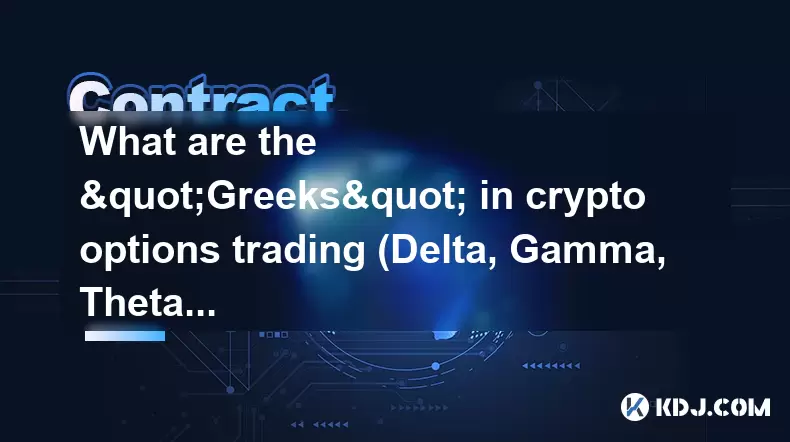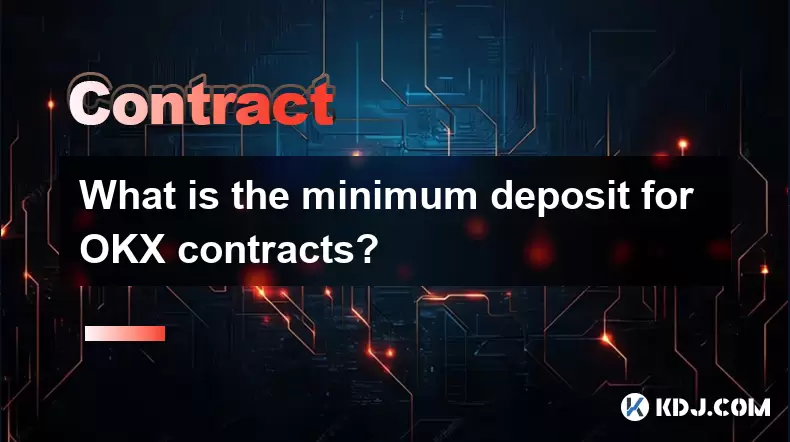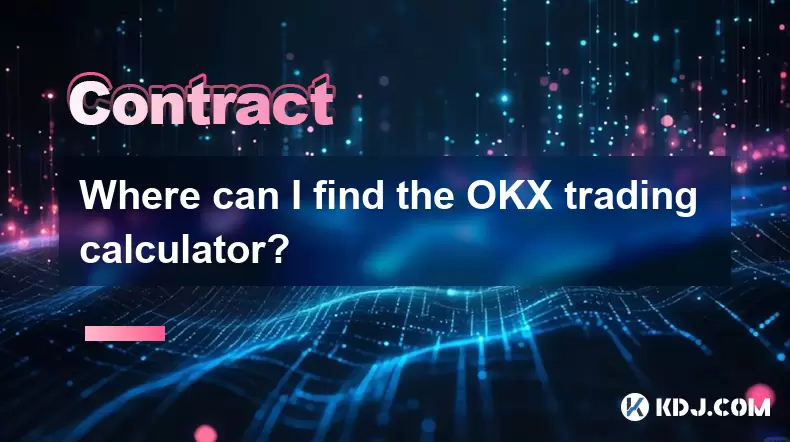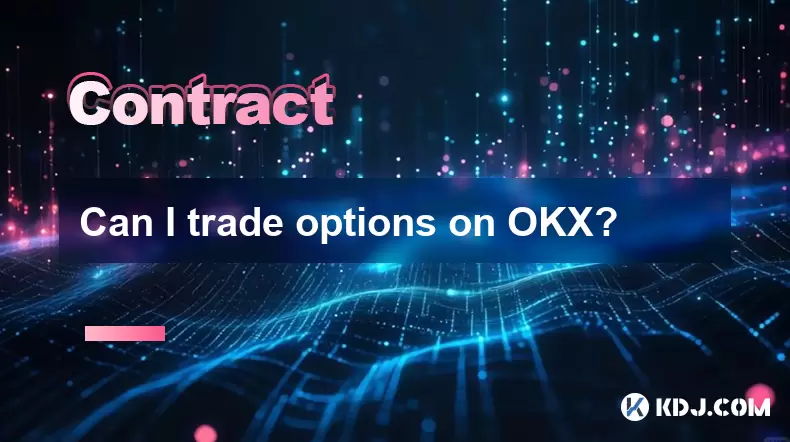-
 Bitcoin
Bitcoin $116900
0.35% -
 Ethereum
Ethereum $3989
3.42% -
 XRP
XRP $3.349
9.04% -
 Tether USDt
Tether USDt $1.000
0.00% -
 BNB
BNB $792.6
2.29% -
 Solana
Solana $177.6
3.36% -
 USDC
USDC $0.9998
0.00% -
 Dogecoin
Dogecoin $0.2256
5.26% -
 TRON
TRON $0.3389
0.04% -
 Cardano
Cardano $0.7954
3.59% -
 Stellar
Stellar $0.4609
10.90% -
 Hyperliquid
Hyperliquid $41.68
6.44% -
 Sui
Sui $3.827
2.12% -
 Chainlink
Chainlink $19.75
9.94% -
 Bitcoin Cash
Bitcoin Cash $581.3
0.54% -
 Hedera
Hedera $0.2636
4.16% -
 Avalanche
Avalanche $23.60
3.69% -
 Ethena USDe
Ethena USDe $1.001
-0.03% -
 Litecoin
Litecoin $122.9
2.37% -
 Toncoin
Toncoin $3.365
1.23% -
 UNUS SED LEO
UNUS SED LEO $8.981
0.31% -
 Shiba Inu
Shiba Inu $0.00001301
2.69% -
 Uniswap
Uniswap $10.68
5.35% -
 Polkadot
Polkadot $3.926
3.70% -
 Dai
Dai $1.000
0.00% -
 Bitget Token
Bitget Token $4.488
2.21% -
 Cronos
Cronos $0.1539
3.99% -
 Monero
Monero $269.7
-1.19% -
 Pepe
Pepe $0.00001124
3.04% -
 Aave
Aave $285.4
3.89%
What are the "Greeks" in crypto options trading (Delta, Gamma, Theta, Vega)?
The "Greeks"—Delta, Gamma, Theta, and Vega—are essential risk metrics in crypto options trading, helping traders gauge price sensitivity, time decay, volatility impact, and hedge exposure in volatile markets like Bitcoin and Ethereum.
Aug 08, 2025 at 07:08 pm

Understanding the Concept of "Greeks" in Crypto Options Trading
The term "Greeks" in crypto options trading refers to a set of risk measures that quantify the sensitivity of an option’s price to various factors such as the underlying asset’s price, volatility, time decay, and interest rates. These metrics are essential for traders who use options to hedge positions or speculate on price movements in cryptocurrencies like Bitcoin or Ethereum. Each Greek—Delta, Gamma, Theta, and Vega—captures a different dimension of risk. Mastering these indicators allows traders to build more robust strategies and manage exposure effectively in the volatile crypto market.
Delta: Measuring Price Sensitivity to the Underlying Asset
Delta represents the rate of change in an option’s price relative to a $1 change in the price of the underlying cryptocurrency. It ranges from 0 to 1 for call options and 0 to -1 for put options. For example, if a Bitcoin call option has a Delta of 0.60, the option’s price is expected to increase by $0.60 for every $1 rise in Bitcoin’s price.
- A deep in-the-money call option will have a Delta close to 1, meaning it behaves almost like holding the actual asset.
- A deep in-the-money put option will have a Delta close to -1.
- At-the-money options typically have a Delta near 0.50 for calls and -0.50 for puts.
Traders use Delta to estimate directional exposure. A portfolio with a net Delta of 0 is considered delta-neutral, meaning it is hedged against small price movements in the underlying crypto asset.
Gamma: The Rate of Change of Delta
Gamma measures how much Delta changes in response to a $1 move in the underlying cryptocurrency’s price. It is often described as the "acceleration" of Delta. High Gamma values indicate that Delta is highly sensitive to price movements, which can lead to rapid changes in an option’s value.
- Options that are at-the-money tend to have the highest Gamma.
- Out-of-the-money and deep in-the-money options usually have lower Gamma.
- Gamma is always positive for both long calls and long puts.
For example, if an option has a Delta of 0.50 and a Gamma of 0.05, a $1 increase in the underlying asset’s price will increase the Delta to 0.55. This becomes critical during periods of high volatility in crypto markets, where sudden price swings can drastically alter Delta, requiring frequent rebalancing in hedged positions.
Traders who are short options (writing options) are particularly exposed to high Gamma risk because losses can accelerate quickly if the market moves against them.
Theta: Quantifying Time Decay in Crypto Options
Theta measures the rate at which an option loses value as time passes, also known as time decay. It is typically expressed as the dollar amount an option loses per day, assuming all other factors remain constant.
- Theta is usually negative for long options because time decay erodes the option’s extrinsic value.
- Conversely, short option positions benefit from positive Theta, as they gain value over time.
For instance, if a Bitcoin call option has a Theta of -0.03, it will lose $0.03 in value each day. This effect becomes more pronounced as the option approaches expiration, especially in the final weeks or days. In crypto markets, where traders often use weekly or even daily options, understanding Theta is crucial for managing holding periods and exit strategies.
- At-the-money options experience the fastest time decay.
- Far out-of-the-money options may have low Theta initially but can lose value rapidly near expiry.
Vega: Sensitivity to Volatility Changes
Vega quantifies how much an option’s price changes in response to a 1% change in the implied volatility of the underlying cryptocurrency. Unlike the other Greeks, Vega is not a letter from the Greek alphabet but is included in the group for convention.
- Higher implied volatility increases option premiums, especially for out-of-the-money options.
- Lower volatility decreases premiums.
For example, if a crypto option has a Vega of 0.15, a 1% rise in implied volatility will increase the option’s price by $0.15. Cryptocurrencies are inherently volatile, and their implied volatility can fluctuate dramatically due to news events, macroeconomic factors, or regulatory announcements. Traders who anticipate a surge in volatility—such as before a major crypto upgrade or regulatory decision—may buy options to benefit from rising Vega.
- Long options have positive Vega.
- Short options have negative Vega and lose value when volatility increases.
Monitoring Vega helps traders assess whether options are overpriced or underpriced relative to expected market turbulence.
Practical Application of Greeks in Crypto Trading Strategies
To effectively use the Greeks, traders must integrate them into real-time decision-making. Most crypto derivatives exchanges, such as Deribit or OKX, provide Greeks in their options analytics tools. Here’s how to access and interpret them:
- Log into your crypto options trading platform.
- Navigate to the options analytics or risk dashboard.
- Select a specific option contract (e.g., BTC-25APR25-90000-C).
- View the displayed Delta, Gamma, Theta, and Vega values.
- Adjust your position size to achieve a desired net Greek exposure.
For a delta-neutral strategy:
- Calculate the total Delta of all positions.
- Use futures or spot holdings to offset the Delta.
- Rebalance frequently, especially in fast-moving markets.
For volatility-based plays:
- Compare current implied volatility with historical volatility.
- Buy options when implied volatility is low (high Vega potential).
- Sell options when implied volatility is elevated.
Risk management platforms allow traders to simulate how changes in price, time, or volatility affect their portfolio’s Greeks, enabling proactive adjustments.
Frequently Asked Questions
What does a negative Gamma mean in crypto options?
Gamma is always positive for long options and negative for short options. A negative Gamma indicates that the position’s Delta becomes more negative as the underlying price rises, or more positive as it falls. This is typical for option sellers and implies increasing directional risk as the market moves.
Can Theta be positive for a long option position?
No, Theta is negative for long options because they lose value over time. Only short option positions have positive Theta, benefiting from time decay.
How does high volatility affect Vega in Bitcoin options?
When volatility is already high, Vega tends to decrease because there is less room for implied volatility to expand further. Options become less sensitive to additional volatility spikes, making Vega highest when volatility is moderate.
Is Delta the same for all strike prices in Ethereum options?
No, Delta varies significantly by strike price. In-the-money calls have Delta close to 1, at-the-money calls are near 0.5, and out-of-the-money calls approach 0. The same inverse pattern applies to puts.
Disclaimer:info@kdj.com
The information provided is not trading advice. kdj.com does not assume any responsibility for any investments made based on the information provided in this article. Cryptocurrencies are highly volatile and it is highly recommended that you invest with caution after thorough research!
If you believe that the content used on this website infringes your copyright, please contact us immediately (info@kdj.com) and we will delete it promptly.
- Mutuum Finance, Bitcoin Whales, and Binance: Decoding the Crypto Currents
- 2025-08-08 22:30:11
- Bitcoin, Great Depression, and Financial Crisis: Are We on the Brink?
- 2025-08-08 22:30:11
- PENDLE Price Pumping: Is This Cryptocurrency's Momentum Sustainable?
- 2025-08-08 20:50:11
- BlockchainFX (BFX): The Crypto Presale Shaking Up the Scene in 2025
- 2025-08-08 21:10:15
- GMO Miner, Bitcoin, and XRP Mining: A New Era of Passive Income?
- 2025-08-08 21:10:15
- Web3 Antivirus, Token Validation, Wallets & Exchanges: Staying Safe in DeFi
- 2025-08-08 21:16:08
Related knowledge

What is the distinction between mark price and last price on KuCoin?
Aug 08,2025 at 01:58pm
Understanding the Basics of Price in Cryptocurrency TradingIn cryptocurrency exchanges like KuCoin, two key price indicators frequently appear on trad...

What are the specific maker and taker fees on KuCoin Futures?
Aug 08,2025 at 08:28am
Understanding Maker and Taker Fees on KuCoin FuturesWhen trading on KuCoin Futures, users encounter two primary types of fees: maker fees and taker fe...

What is the maximum leverage available on KuCoin Futures?
Aug 08,2025 at 10:21am
Understanding Leverage in KuCoin Futures TradingLeverage in KuCoin Futures allows traders to control a larger position size using a smaller amount of ...

What is the minimum deposit for OKX contracts?
Aug 08,2025 at 07:00am
Understanding OKX Contract Trading BasicsOKX is one of the leading cryptocurrency derivatives exchanges, offering a wide range of perpetual and future...

Where can I find the OKX trading calculator?
Aug 08,2025 at 07:49am
Understanding the OKX Trading Calculator FunctionalityThe OKX trading calculator is a powerful analytical tool designed to assist traders in estimatin...

Can I trade options on OKX?
Aug 08,2025 at 11:01am
Understanding Options Trading on OKXYes, you can trade options on OKX. OKX is one of the leading cryptocurrency derivatives exchanges that offers a de...

What is the distinction between mark price and last price on KuCoin?
Aug 08,2025 at 01:58pm
Understanding the Basics of Price in Cryptocurrency TradingIn cryptocurrency exchanges like KuCoin, two key price indicators frequently appear on trad...

What are the specific maker and taker fees on KuCoin Futures?
Aug 08,2025 at 08:28am
Understanding Maker and Taker Fees on KuCoin FuturesWhen trading on KuCoin Futures, users encounter two primary types of fees: maker fees and taker fe...

What is the maximum leverage available on KuCoin Futures?
Aug 08,2025 at 10:21am
Understanding Leverage in KuCoin Futures TradingLeverage in KuCoin Futures allows traders to control a larger position size using a smaller amount of ...

What is the minimum deposit for OKX contracts?
Aug 08,2025 at 07:00am
Understanding OKX Contract Trading BasicsOKX is one of the leading cryptocurrency derivatives exchanges, offering a wide range of perpetual and future...

Where can I find the OKX trading calculator?
Aug 08,2025 at 07:49am
Understanding the OKX Trading Calculator FunctionalityThe OKX trading calculator is a powerful analytical tool designed to assist traders in estimatin...

Can I trade options on OKX?
Aug 08,2025 at 11:01am
Understanding Options Trading on OKXYes, you can trade options on OKX. OKX is one of the leading cryptocurrency derivatives exchanges that offers a de...
See all articles

























































































